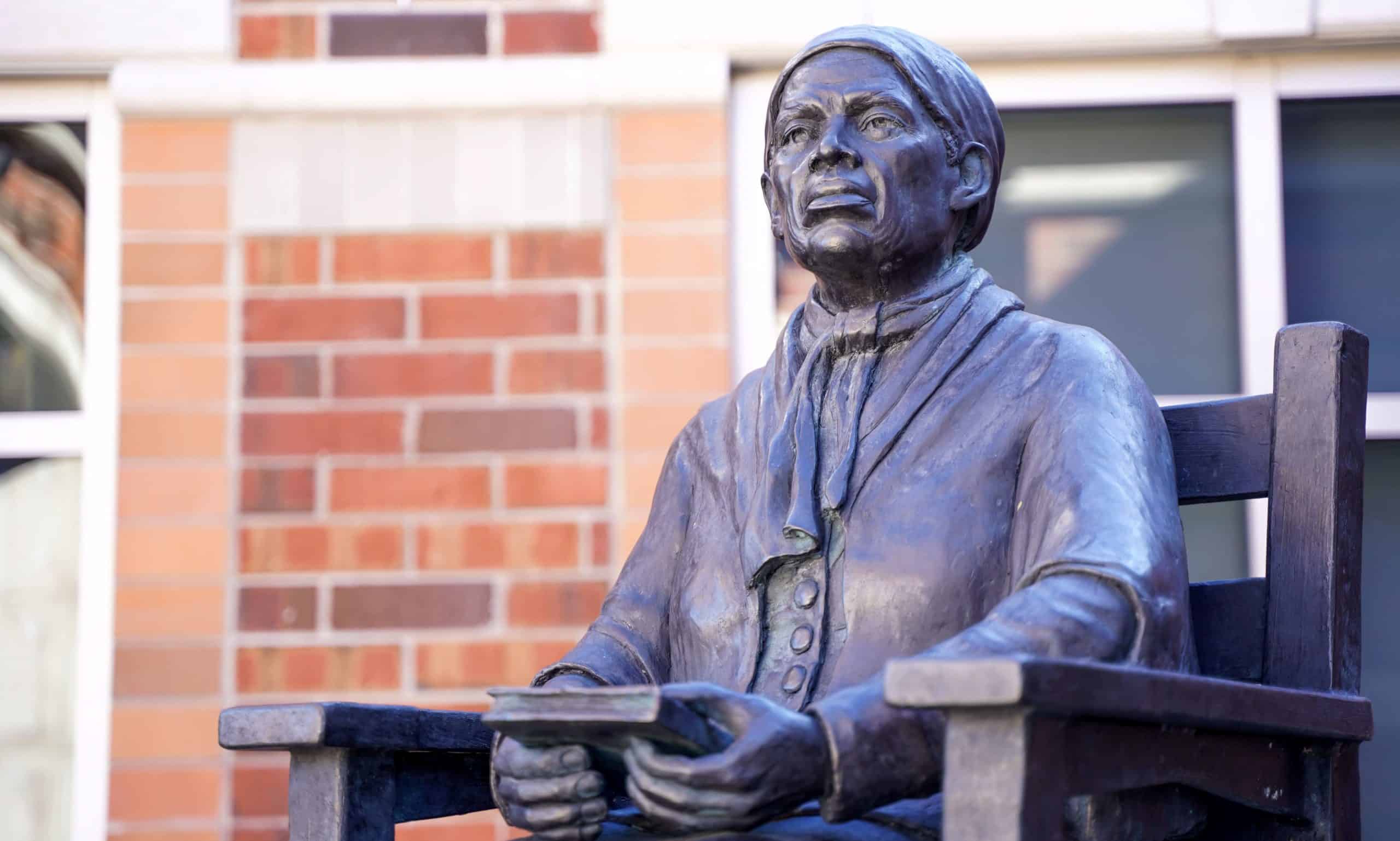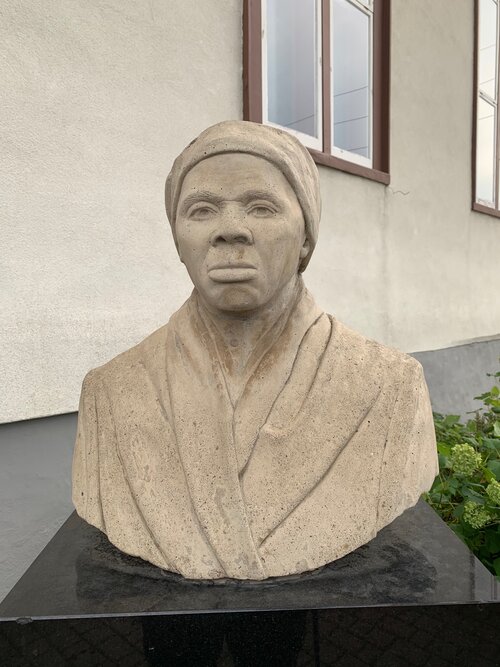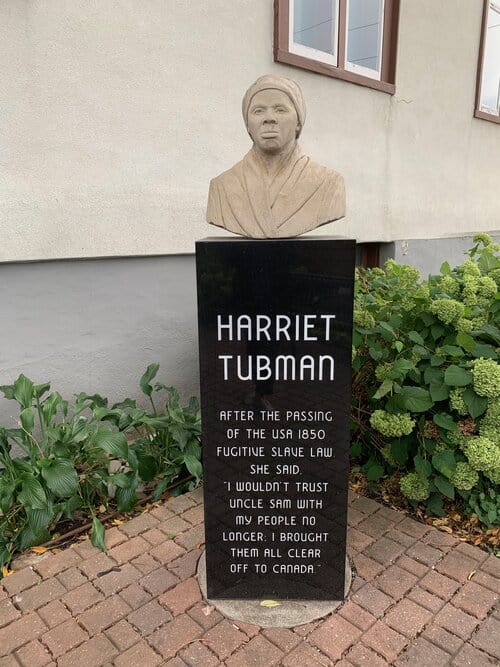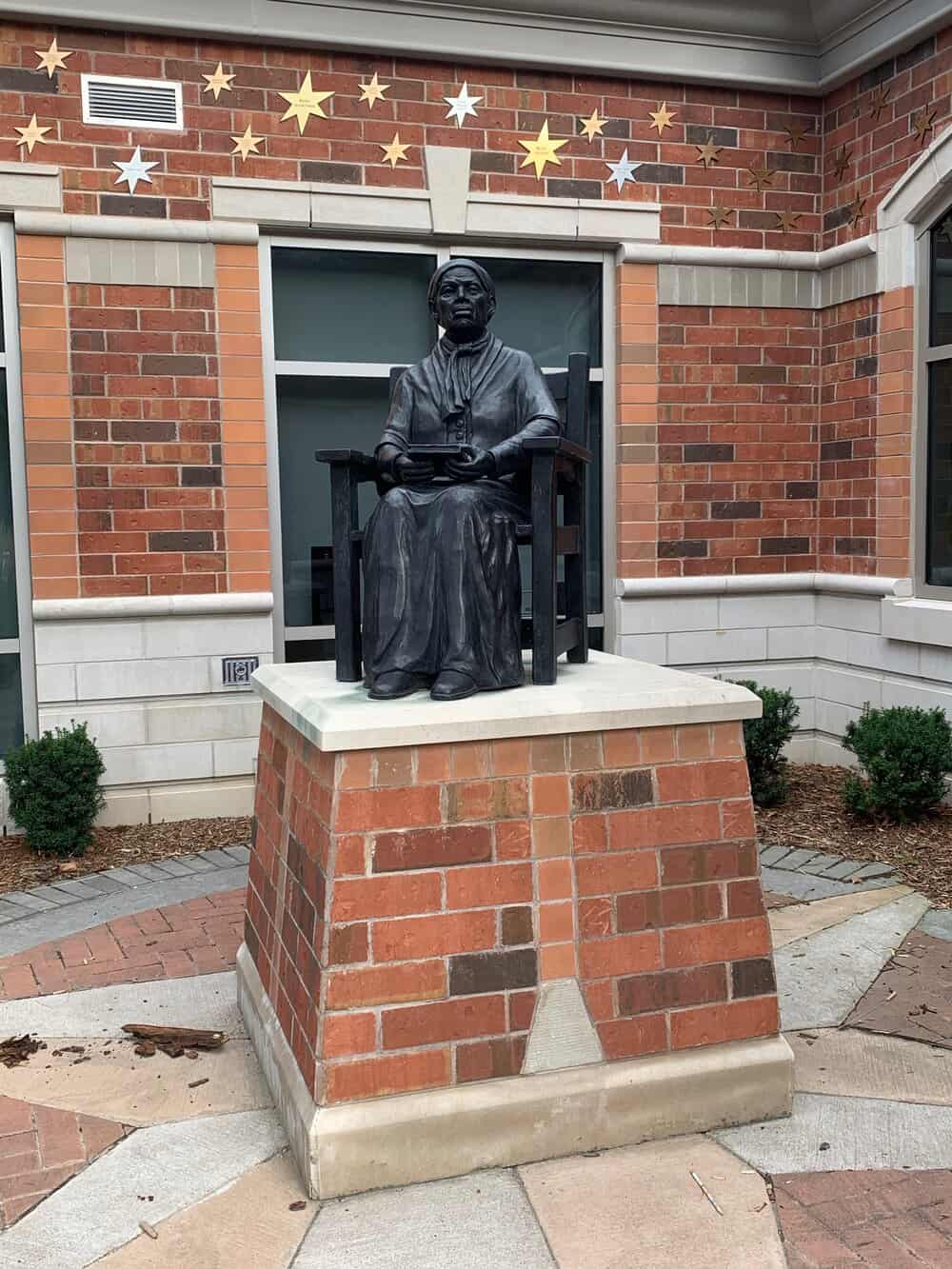Why Harriet Tubman chose to live in St. Catharines on North Street
Published February 3, 2023 at 2:22 pm

The St. Catharines boarding house on North St. that American freedom fighter Harriet Tubman lived in for seven year no longer exists.
As the largest figure in the Underground Railway that smuggled Blacks away from American slavery in the 1800s, the diminutive Tubman (records show her at 5-foot-even) is estimated to have transported around 300 people to Canada, including many members of her family.
However, since she brought the slaves across the bridge at Niagara Falls, how did she come to make St. Catharines her home base? Why not Niagara Falls itself, instead? And, in the end, why did she leave the Garden City?
For starters, here’s the quick and easy answer. St. Catharines is close to the border she often crossed on her rescue missions. Niagara Falls, on the other hand, is too close to the border. In the 1850s, there was no guarantee that American soldiers wouldn’t come marching across the border to reclaim slaves.
Keep in mind the 1850s were, at the time, not that far removed from the War of 1812 when American forces routinely charged the border. So St. Catharines was considered a safe distance.
However, what is likely a far more relevant reason is that St. Catharines had a thriving, safe Black community already, located in the “Colored Village” on North Street behind the Salem Chapel BME Church on Geneva St where Tubman was herself a parishioner.
Land grants from Welland Canal promoter William Hamilton Merritt allowed the construction of homes and a church. By the mid-1850s, the St. Catharines community was estimated to have had between 500 and 800 Black residents, considered a large contingence in one locale at that time.
That being said, for as much as St. Catharines was a home to Tubman, calling it a home base might be more accurate. It was in the Garden City that Tubman build a network of supporters in Canada West (what we now call Ontario), New York state, and the eastern seaboard New England states.
Prior to landing in St. Catharines, Tubman thought she and others in the Black community were safe after landing in Philadelphia in 1949, a largely abolitionist white community that frowned upon slavery.
But the passage of the Fugitive Slave Act, which made it an actual crime to escape slavery, in September 1850 put her and other escapees in greater danger. It was then Tubman realized they would only be safe in Canada, then a British territory.
The Slavery Abolition Act, passed 16 years earlier in August 1834, ended slavery in the British Empire and freed the few remaining slaves in Upper Canada. That freedom is what drew Tubman to Canada first and St. Catharines more specifically.
Tubman arrived in St. Catharines in December 1851 as part of a group of 11 escapees. The following spring, she began spending a portion of each year working in the United States, raising funds for escape missions, always in the winter because that was when slaveholders chose to stay indoors. That made winter the perfect season for her to slide stealthily into the United States.
As to why she finally left St. Catharines in 1859, Tubman’s parents simply found it too cold up here. Through one of the many connections she had made in northern American political circles, she was provided a two-storey brick home on the outskirts of Auburn, New York by her friend, New York Senator William H. Seward.
To honour her seven years here (1851-1858) St. Catharines now has two monuments to Tubman: one in the garden of the Salem Chapel; the other in the courtyard of the Harriet Tubman Public School. Canadian artist Frank Rekrut created both monuments: the portrait bust for Salem Chapel in 2010, the figure of a seated Tubman for the school in 2016.


The portrait bust for Salem Chapel BME Church created in 2010 by artist Frank Rekrut is shown above. The statue of a seated Tubman for the Harriet Tubman Public School courtyard at 84 Henry St,, created in 2016 also by Rekrut, is shown below.







